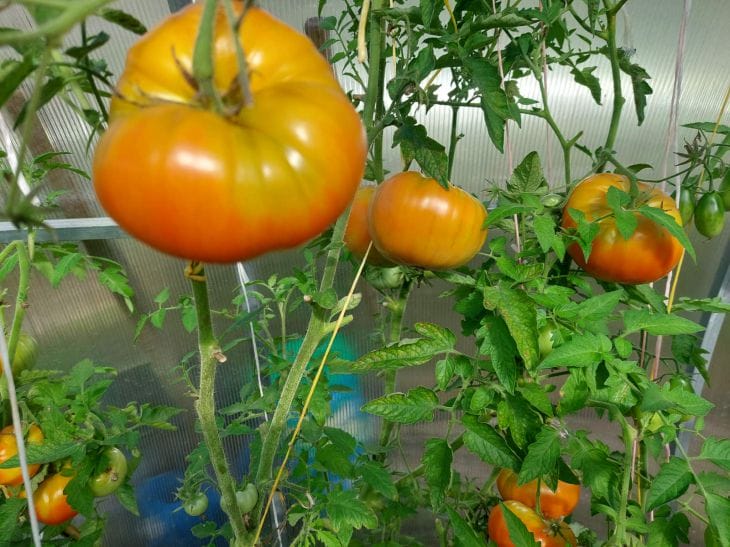Do you look over your fence and see your neighbors' garden beds filled with fist-sized tomatoes, while yours are barely ripening to the size of walnuts?
Don't be too quick to blame bad weather or the variety.
You may just be missing a few key points that turn ordinary bushes into real champions. The secret lies not in expensive fertilizers or magical additives, but in understanding what plants need at each stage of growth.

Start by choosing the right location. Tomatoes love the sun — at least 8 hours a day. If your beds are in the shade of a house or trees, even the best care won’t save the situation. But that’s just the beginning.
Tomato roots can go deep into the ground, so the soil should be loose and rich in organic matter. Add rotted compost or humus a couple of weeks before planting, and the plants will thank you.
Watering is a separate story. Many people pour water under the roots every day, thinking that this will make the tomatoes fill out faster. In fact, this leads to cracking of the fruits and the development of fungal diseases.
Water less frequently but more abundantly: 2-3 times a week, directing the stream to the ground, not to the leaves. The ideal time is early morning, so that the moisture has time to be absorbed before the heat.
Pinching is another secret of giant fruits. Remove side shoots that grow from the leaf axils so that the bush does not waste energy on greenery. But do not overdo it: leave 1-2 main stems, otherwise the plant will weaken.
And don't forget about feeding! Once every two weeks, treat your tomatoes with an infusion of ash or nettle - this is a natural source of potassium, which is responsible for the size and sweetness of the fruit.
Finally, mulch. A layer of straw or grass clippings around the bushes will retain moisture, protect the roots from overheating, and suppress weeds.
Follow these steps, and in a couple of months your neighbors will come to you for advice, and your tomatoes will become the pride of the garden.
